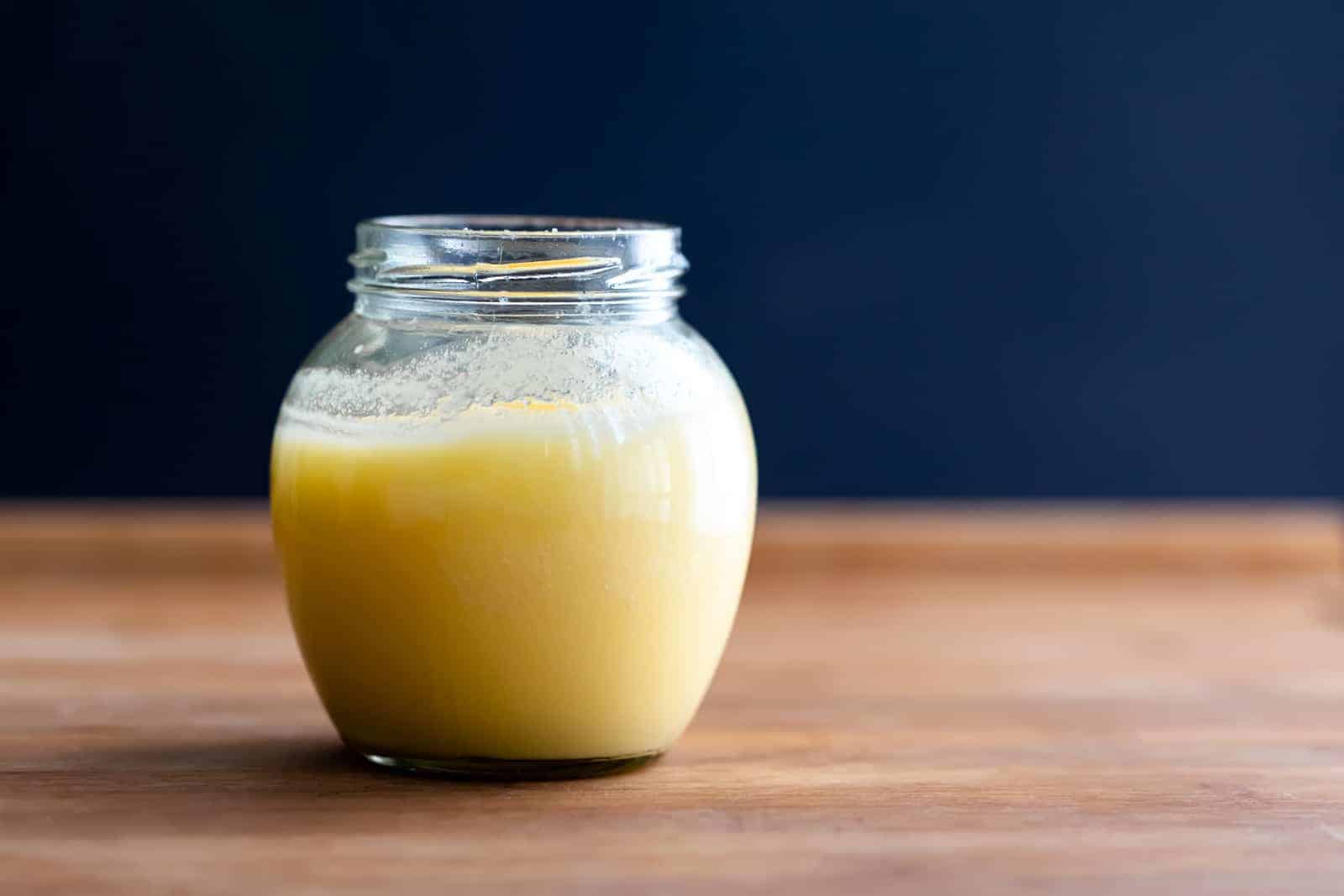

Articles
How To Store Ghee
Modified: January 6, 2024
Learn the best practices for storing ghee in this informative article. Discover how to keep your ghee fresh and maintain its quality.
(Many of the links in this article redirect to a specific reviewed product. Your purchase of these products through affiliate links helps to generate commission for Storables.com, at no extra cost. Learn more)
Introduction
Ghee, also known as clarified butter, is a popular cooking ingredient that has been used in various cuisines around the world for centuries. With its rich, nutty flavor and high smoke point, ghee adds a delicious depth to dishes and is prized for its versatility in both traditional and modern cooking.
As with any ingredient, proper storage of ghee is crucial to maintain its freshness, flavor, and quality. Whether you make your own ghee at home or purchase it from a store, understanding how to store it correctly is essential to ensure its longevity and prevent spoilage.
In this article, we will explore the importance of storing ghee properly, the factors that can affect its quality, and discuss the best methods for storing ghee to keep it fresh and flavorful for as long as possible.
Key Takeaways:
- Proper storage of ghee is crucial to maintain its freshness, flavor, and nutritional properties. Factors such as air exposure, light, heat, moisture, and contaminants can affect its quality. Choosing the right container, maintaining ideal temperature and humidity, and keeping ghee away from light are essential for proper storage.
- Whether stored in the pantry, refrigerator, or freezer, following proper storage practices, practicing good hygiene, and monitoring for spoilage are key to extending the shelf life of ghee. By following these tips, you can enjoy fresh and flavorful ghee in your cooking for an extended period.
Read more: How To Store Ghee Butter
What is Ghee?
Ghee is a type of clarified butter that originated in ancient India. It is made by simmering butter and removing the milk solids, resulting in a golden, translucent liquid with a rich, nutty flavor.
What sets ghee apart from regular butter is its composition. While butter contains water, milk solids, and butterfat, ghee is almost entirely pure butterfat. The process of clarifying butter removes the water and milk solids, leaving behind just the concentrated butterfat.
Ghee is highly valued in many culinary traditions for its unique taste and nutritional properties. It has a higher smoke point than regular butter, making it ideal for high-heat cooking methods like frying and sautéing. Ghee also has a longer shelf life compared to butter due to the removal of the moisture and milk solids, which can cause spoilage.
Not only is ghee prized for its flavor and cooking properties, but it also has cultural and medicinal significance. In traditional Ayurvedic medicine, ghee is considered a sattvic food, meaning it is believed to promote purity, mental clarity, and overall well-being.
Ghee is rich in fat-soluble vitamins like A, D, and E, and contains compounds like conjugated linoleic acid (CLA) and butyric acid, which may have potential health benefits. However, it is important to consume ghee in moderation, as it is high in saturated fats.
Now that we have a better understanding of what ghee is, let’s delve into why proper storage of this prized ingredient is crucial to maintaining its quality and freshness.
Why is Proper Storage Important?
Proper storage of ghee is vital to maintain its freshness, flavor, and nutritional properties. Here are some key reasons why storing ghee correctly is important:
- Preventing Spoilage: Ghee is susceptible to spoilage if not stored properly. The high fat content in ghee makes it prone to rancidity, which not only affects the taste but also diminishes its nutritional value. By storing ghee correctly, you can help prevent spoilage and extend its shelf life.
- Maintaining Flavor and Aroma: Ghee has a unique nutty flavor and aroma that can be compromised if exposed to air, light, or heat. Proper storage helps preserve its distinct taste and aroma, allowing you to enjoy the full flavor experience when using ghee in your cooking.
- Prolonging Nutritional Value: Ghee contains fat-soluble vitamins and beneficial compounds that can degrade over time due to improper storage conditions. By keeping ghee in the right environment, you can help preserve its nutritional value and ensure you are reaping its potential health benefits.
- Safety and Hygiene: Proper storage practices for ghee help maintain safety and hygiene standards. Keeping ghee in a suitable container and storing it away from potential contaminants such as moisture, pests, or other odorous substances ensures that it remains safe for consumption.
By understanding the importance of proper storage, you can ensure that your ghee remains fresh, flavorful, and safe to use. In the following sections, we will discuss the factors that can affect the quality of ghee and explore how to store it correctly to maximize its shelf life.
Factors Affecting Ghee Quality
Several factors can affect the quality of ghee, and understanding these factors is key to properly storing it. Here are some important factors to consider:
- Air Exposure: Exposure to air can cause oxidation, leading to rancidity in ghee. When ghee comes into contact with oxygen, it can break down and develop an off-flavor. Properly sealing the container is crucial to minimize air exposure and maintain the quality of ghee.
- Light: Ghee is sensitive to light, especially ultraviolet (UV) light. Exposure to light can cause oxidation and photochemical reactions, leading to a decline in quality. Storing ghee in a dark or opaque container and keeping it away from direct sunlight will help preserve its flavor and quality.
- Heat: Ghee has a high smoke point, but prolonged exposure to heat can lead to the breakdown of its essential nutrients and alter its flavor. It’s important to store ghee in a cool place, away from direct heat sources, to prevent degradation.
- Moisture: Moisture is the enemy of ghee. It can promote the growth of bacteria, mold, and other microorganisms, causing spoilage. Keeping ghee away from moisture-rich environments and ensuring it is properly sealed will help maintain its quality and prevent contamination.
- Contaminants: Ghee can easily absorb odors and flavors from surrounding substances. Storing ghee away from strong-smelling foods or chemicals is important to avoid cross-contamination and preserve its original flavor and aroma.
By being mindful of these factors and taking the necessary precautions, you can store ghee in a way that minimizes their impact on its quality. In the next sections, we will discuss the best storage containers and the ideal temperature and humidity conditions for ghee.
Choosing the Right Container
Selecting the appropriate container for storing ghee is essential to maintain its quality and freshness. Here are some factors to consider when choosing a container:
- Material: Opt for containers made of glass or food-grade stainless steel. These materials are non-reactive and do not leach any harmful substances into the ghee, ensuring that its flavor and quality remain intact.
- Sealability: Look for containers with a tight-fitting, airtight seal. This helps prevent air exposure, which can cause oxidation and spoilage. A secure seal also reduces the risk of moisture and contaminants entering the container.
- Size: Choose a container that accommodates the amount of ghee you typically use. It’s best to avoid oversized containers, as a larger empty space inside the container can expose the ghee to more air, which can lead to quicker deterioration.
- Opaque or Dark-Colored: To protect ghee from light, opt for containers that are opaque or made of dark-colored glass or stainless steel. This helps shield the ghee from harmful UV rays that can affect its flavor and quality.
- Easy to Clean: Select a container that is easy to clean and dishwasher safe. This ensures proper hygiene and avoids any residual flavors or odors from previous usage that could transfer to the ghee.
It’s important to note that storing ghee in plastic containers is not recommended. Plastic can interact with the ghee, leading to the transfer of unwanted flavors and potentially harmful chemicals into the ghee itself.
By choosing the right container that meets these criteria, you can help maintain the quality, freshness, and flavor of your ghee for an extended period of time. In the following sections, we will explore the ideal temperature and humidity conditions for storing ghee.
Read more: How To Store Ghee Once Opened
Temperature and Humidity Considerations
Temperature and humidity play a crucial role in the proper storage of ghee. Here are some important considerations to keep in mind:
- Temperature: Ghee should be stored at a moderate temperature, neither too hot nor too cold. Ideally, the temperature should be around 65-75°F (18-24°C). Avoid storing ghee in areas exposed to direct heat, such as near the stove or oven, as excessive heat can accelerate the breakdown of the ghee’s essential nutrients and compromise its flavor.
- Humidity: Ghee should be stored in a low humidity environment. High humidity can introduce moisture, which can lead to spoilage and the growth of bacteria or mold. Aim for a humidity level below 70% to ensure the quality and longevity of the ghee.
- Avoiding Temperature Fluctuations: Rapid temperature fluctuations can have a negative impact on the quality of ghee. It’s best to store ghee in a place where the temperature remains relatively stable, as sudden changes in temperature can cause moisture condensation inside the container and promote the growth of bacteria or mold.
It is important to note that while ghee can withstand higher temperatures without melting, it is still best to store it away from direct heat sources to ensure its longevity and quality.
Now that we understand the temperature and humidity considerations, let’s discuss the importance of keeping ghee away from light in the next section.
Keeping Ghee Away from Light
Protecting ghee from light exposure is crucial for maintaining its freshness and quality. Here’s why it’s important to keep ghee away from light:
- Preventing Oxidation: Ghee is sensitive to light, particularly ultraviolet (UV) light. Exposure to light can trigger oxidative reactions in the ghee, leading to a decline in quality and flavor. These reactions can cause the ghee to develop an off-flavor and lose its nutritional value. Storing ghee in a dark or opaque container helps shield it from harmful UV rays and preserves its freshness and taste.
- Preserving Aroma and Flavor: Light exposure can affect the delicate aroma and flavor profile of ghee. Ghee’s distinct nutty aroma and rich flavor can diminish when exposed to light for prolonged periods. Keeping ghee stored in a dark place ensures that its aromatic qualities remain intact, enhancing the overall taste experience when used in cooking.
- Maintaining Nutrient Content: Ghee contains fat-soluble vitamins and compounds that are sensitive to light. Exposure to light can degrade these nutrients over time, reducing their potency. By protecting ghee from light, you help maintain its nutritional value, ensuring you can enjoy the potential health benefits it offers.
When storing ghee, it’s best to choose an opaque container or use one made of dark-colored glass or stainless steel. Place the container in a cool, dark area, such as a pantry or cupboard, away from direct sunlight or bright artificial light sources. This helps to maintain the quality, flavor, and nutritional properties of the ghee.
Now that we understand the importance of keeping ghee away from light, let’s discuss the best storage methods for ghee, whether it’s in the pantry or the refrigerator.
Store ghee in an airtight container at room temperature or in the refrigerator. Keep it away from direct sunlight and moisture to maintain its quality and flavor.
Storing Ghee in Refrigerator or Pantry?
When it comes to storing ghee, you have two options: the pantry or the refrigerator. Both methods have their advantages and considerations. Let’s explore each option:
- Pantry Storage: Storing ghee in the pantry is a common approach, especially in households where ghee is regularly used. Ghee has a naturally long shelf life, primarily due to its low moisture content and the absence of milk solids. When kept in a suitable container, stored in a cool and dark pantry, ghee can stay fresh and maintain its flavor for several months. Pantry storage is convenient, as the ghee remains soft and easy to scoop or spread directly from the container.
- Refrigerator Storage: Refrigerating ghee can further extend its shelf life, particularly if you live in a warm or humid environment. The cold temperatures in the refrigerator help slow down the oxidation process and preserve the ghee’s quality for a longer duration. Storing ghee in the refrigerator can extend its shelf life by several months, making it a good option if you don’t frequently use ghee or if you have a large quantity that you want to preserve. However, keep in mind that refrigerated ghee will solidify and become harder, requiring some time to soften at room temperature before use.
Whether you choose to store ghee in the pantry or the refrigerator, it’s important to follow proper storage practices to maintain its quality. Ensure the ghee is stored in airtight, opaque containers, away from light, heat sources, and moisture. These precautions will help preserve the flavor, freshness, and nutritional properties of the ghee.
Ultimately, the decision between pantry storage and refrigerator storage depends on your usage and personal preference. If you regularly use ghee and have a cool, dry pantry, pantry storage may suffice. However, if you live in a warm climate or want to prolong the shelf life of ghee, refrigeration is a viable option.
Now that we’ve discussed the storage options, let’s explore the specific guidelines for storing ghee in the pantry and the refrigerator.
How to Store Ghee in the Pantry
Storing ghee in the pantry is a convenient option for easy accessibility and everyday usage. Here are some guidelines for properly storing ghee in the pantry:
- Choose the Right Container: Select an airtight container made of glass or food-grade stainless steel. Ensure that it is opaque or dark-colored to protect the ghee from light exposure. The container should have a secure seal to prevent air, moisture, and odors from entering.
- Ensure Cleanliness: Before pouring ghee into the container, wash it thoroughly to eliminate any residual flavors or odors. Dry the container completely before transferring the ghee to avoid introducing moisture.
- Fill the Container: Pour the ghee into the chosen container while it is still warm and in a liquid state. Leave some headspace at the top to allow for expansion and contraction as the ghee cools and warms to room temperature.
- Seal the Container: After filling the container with ghee, ensure that the lid is tightly sealed. This will prevent air from entering the container and help maintain the freshness and quality of the ghee.
- Select the Storage Location: Find a cool, dark spot in your pantry away from direct sunlight, heat sources, and moisture-prone areas like the sink or stove. Maintain a stable temperature between 65-75°F (18-24°C) to prevent the ghee from melting or becoming too solid.
By following these steps, you can ensure that your ghee remains fresh and flavorful when stored in the pantry. Remember to periodically check the container for any signs of spoilage or rancidity, and always use clean utensils when scooping out ghee to avoid contamination.
In the next section, we will discuss the guidelines for storing ghee in the refrigerator for long-term storage.
Read more: How To Store Ghee After Opening
How to Store Ghee in the Refrigerator
If you want to extend the shelf life of ghee or live in a warm climate, storing it in the refrigerator is a recommended option. Here’s how to store ghee in the refrigerator:
- Choose the Right Container: Opt for a glass or food-grade stainless steel container with an airtight lid. Ensure that the container is clean and dry before transferring the ghee.
- Allow Ghee to Cool: Let the ghee cool to room temperature before transferring it to the container. This prevents condensation from forming inside the container, which can lead to moisture and potential spoilage.
- Fill the Container: Pour the ghee into the container, leaving some space at the top for expansion when frozen. It is essential not to overfill the container to avoid any leakage or messy spills.
- Seal and Label: Ensure that the lid of the container is tightly sealed to prevent any air from entering. Consider labeling the container with the date of storage to keep track of its freshness.
- Place in Refrigerator: Find a designated spot in the refrigerator where the temperature remains consistent and does not fluctuate too much. Ideally, store the ghee on a middle or upper shelf rather than in the door, as the temperature in the door can vary more.
- Allow Softening: When you need to use the ghee, remove it from the refrigerator and let it soften at room temperature for a few minutes. The ghee will naturally solidify in the cold environment of the refrigerator, but it will become spreadable or scoopable once it reaches room temperature.
Remember to always practice safe food handling and hygiene, using clean utensils when scooping out ghee from the container. Regularly check the container for any signs of spoilage or off flavors and discard if you observe any abnormalities.
By following these guidelines, you can properly store ghee in the refrigerator for extended periods, ensuring its freshness and quality.
In the next section, we will explore the option of freezing ghee for long-term storage.
Freezing Ghee for Long-Term Storage
Freezing ghee is a suitable option if you want to store it for an extended period, beyond the shelf life achievable in the pantry or refrigerator. Freezing helps retain the freshness and quality of ghee for several months. Here’s how you can freeze ghee:
- Prepare the Ghee: Ensure that the ghee is in a clean and airtight container suitable for freezing. If the ghee is already in a container, ensure that it is tightly sealed.
- Label and Date: Label the container with the date of freezing to keep track of its freshness. This is especially important if you have multiple containers of ghee in the freezer.
- Freeze in Portions: Consider dividing the ghee into smaller portions before freezing. This makes it easier to thaw and use only the amount needed without having to thaw the entire container. You can use ice cube trays or small silicone molds to freeze individual portions.
- Protect from Freezer Burn: Freezer burn can affect the quality of ghee over time. To prevent freezer burn, ensure that the ghee container is tightly sealed and free from any air pockets. You can also double-wrap the container in plastic wrap or aluminum foil for added protection.
- Storage Location: Place the ghee containers in the coldest part of the freezer, such as the back or bottom shelf, where the temperature remains consistently low.
- Thawing Ghee: When you need to use the ghee, simply remove the desired portion from the freezer and thaw it in the refrigerator overnight or at room temperature. It will gradually soften and become ready for use.
Properly stored ghee can remain frozen for up to six months without compromising its quality. However, it is important to note that the texture of thawed ghee may differ slightly from fresh ghee. Despite any textural changes, the flavor and cooking properties of ghee will be preserved.
Now that you know how to freeze ghee for long-term storage, let’s explore some tips for extending the shelf life of ghee in general.
Tips for Extending Ghee Shelf Life
To maximize the shelf life of ghee and ensure its freshness and quality, here are some helpful tips to keep in mind:
- Practice Good Hygiene: Always use clean and dry utensils when handling ghee to avoid introducing moisture or contaminants. Make sure the container and lid are also clean and dry before transferring or storing ghee.
- Avoid Water Contamination: Ensure that no water comes into contact with the ghee during the cooking or storing process, as even small amounts of water can compromise the shelf life and quality of ghee.
- Keep Away from Strong Odors: Store ghee away from strong-smelling substances in the pantry or refrigerator to prevent it from absorbing unwanted odors. This will help maintain the original flavor and aroma of the ghee.
- Monitor for Spoilage: Regularly inspect the ghee for any signs of spoilage, such as off smells, mold growth, or unusual colors. If you notice any abnormalities, discard the ghee to ensure food safety.
- Seal the Container Properly: Ensure that the container is tightly sealed to prevent air exposure, which can cause oxidative reactions and lead to rancidity. Airtight containers also help maintain the freshness and flavor of the ghee.
- Rotate Old Stock: If you have multiple containers of ghee, rotate them to use the older stock first. This ensures that you consume the ghee before it reaches its expiration date or degrades in quality.
- Proper Temperature and Storage Environment: Store ghee in a cool and dark place, whether in the pantry or refrigerator, to maintain its quality. Keep it away from direct heat, light, and sources of moisture to prolong its shelf life.
- Consider Small Batch Preparation: Instead of making a large batch of ghee, consider preparing smaller quantities more frequently. This way, you can ensure that you always have fresh ghee on hand.
By following these tips, you can extend the shelf life of ghee and enjoy its freshness and quality for a longer period. Remember to always trust your senses and use your judgment when determining the suitability of ghee for consumption.
In the next section, we will conclude our discussion on storing ghee and summarize the key points.
Conclusion
Proper storage of ghee is essential for maintaining its freshness, flavor, and quality. Whether you choose to store ghee in the pantry or the refrigerator, there are key considerations to keep in mind. By following the guidelines outlined in this article, you can ensure that your ghee remains in optimal condition for an extended period.
Factors such as air exposure, light, heat, moisture, and contaminants can affect the quality of ghee. Choosing the right container, maintaining the ideal temperature and humidity, and keeping ghee away from light are crucial steps in proper storage.
If you opt for pantry storage, select a suitable container, seal it tightly, and store it in a cool and dark spot. Refrigerator storage can further extend the shelf life of ghee and is beneficial in warmer climates. Freezing ghee is an option for long-term storage, enabling you to preserve its freshness for several months.
To make the most of ghee’s shelf life, practice good hygiene, avoid water contamination, monitor for spoilage, and seal the container properly. Consider rotating old stock and preparing smaller batches for frequent usage. By following these tips, you can enjoy fresh and flavorful ghee in your cooking for an extended period.
Remember to always check for signs of spoilage and trust your senses when determining the suitability of ghee for consumption. When in doubt, it is best to discard any ghee that shows signs of degradation.
With proper storage, you can continue to savor the rich flavor and culinary benefits of ghee in your favorite dishes. So, embrace these storage techniques and enjoy the long-lasting quality of your ghee supply.
Happy cooking with your perfectly stored ghee!
Frequently Asked Questions about How To Store Ghee
Was this page helpful?
At Storables.com, we guarantee accurate and reliable information. Our content, validated by Expert Board Contributors, is crafted following stringent Editorial Policies. We're committed to providing you with well-researched, expert-backed insights for all your informational needs.



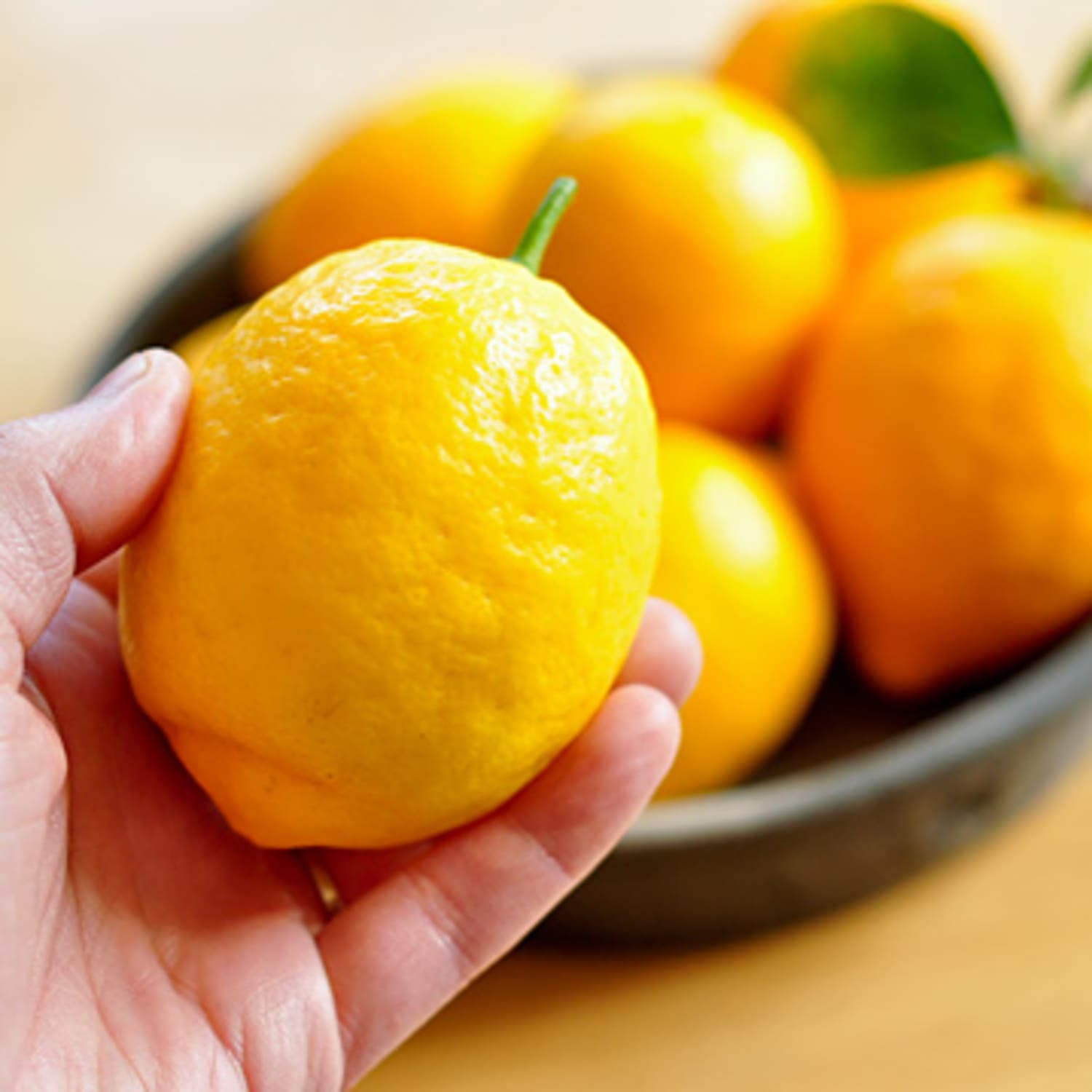
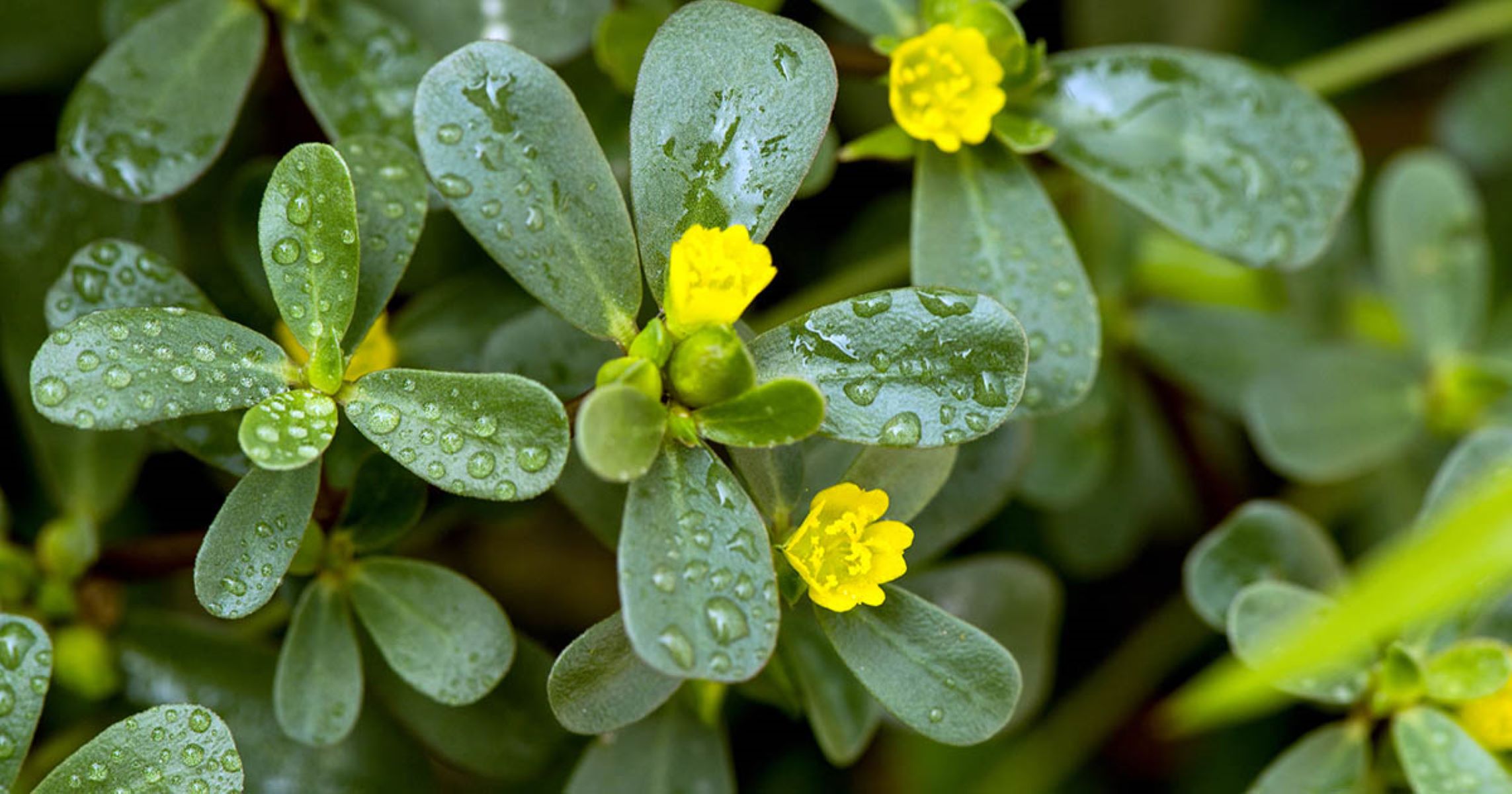

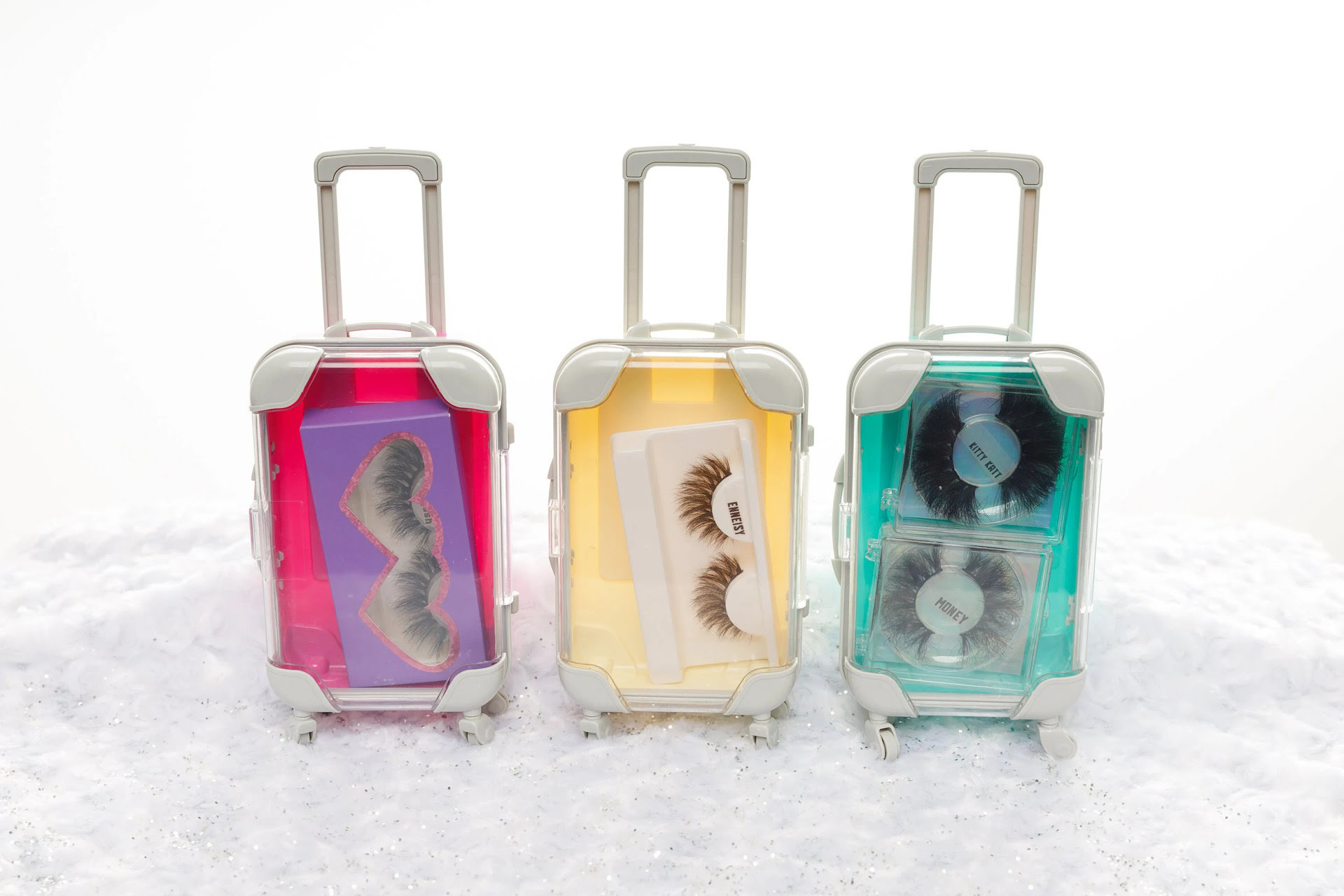
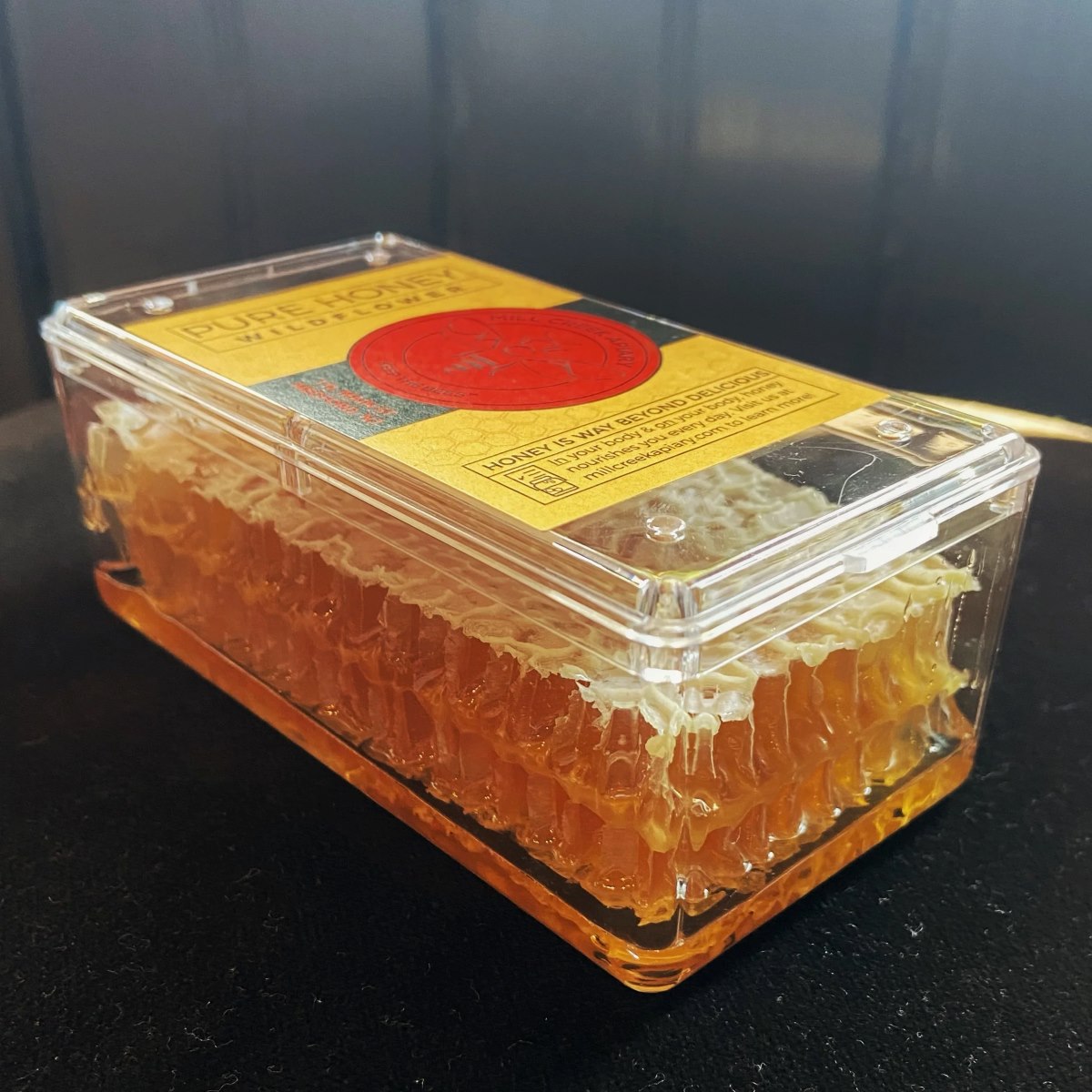

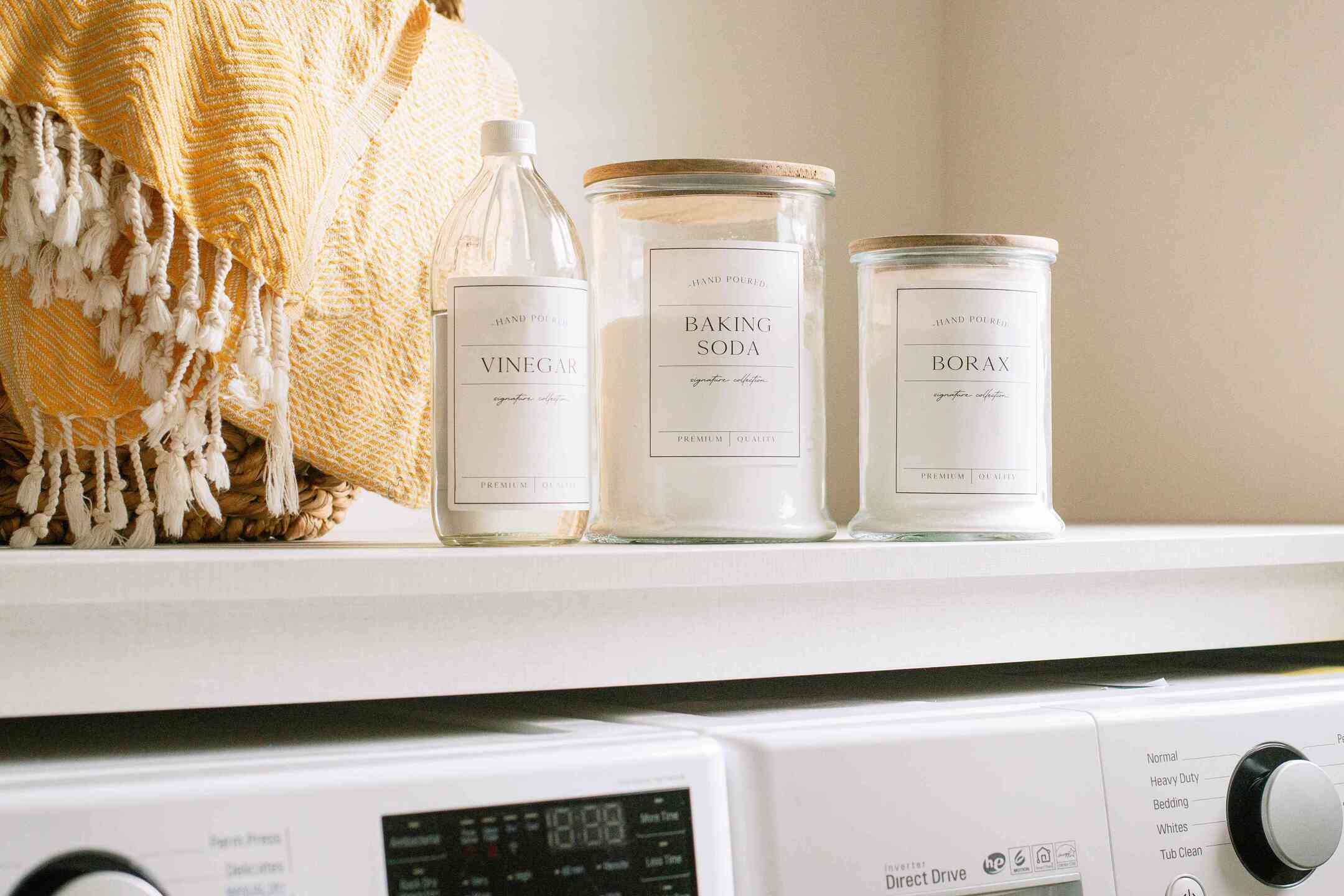
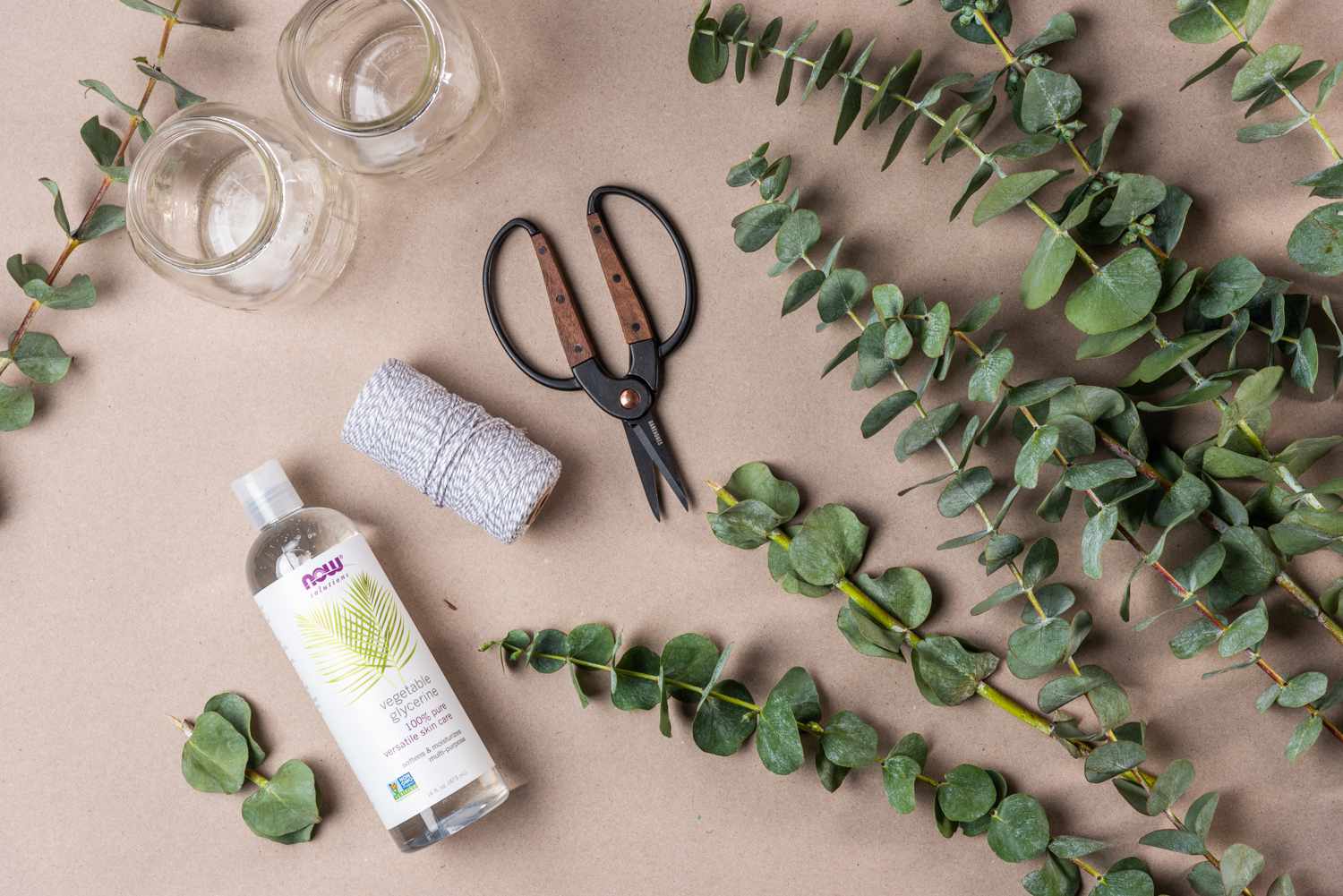

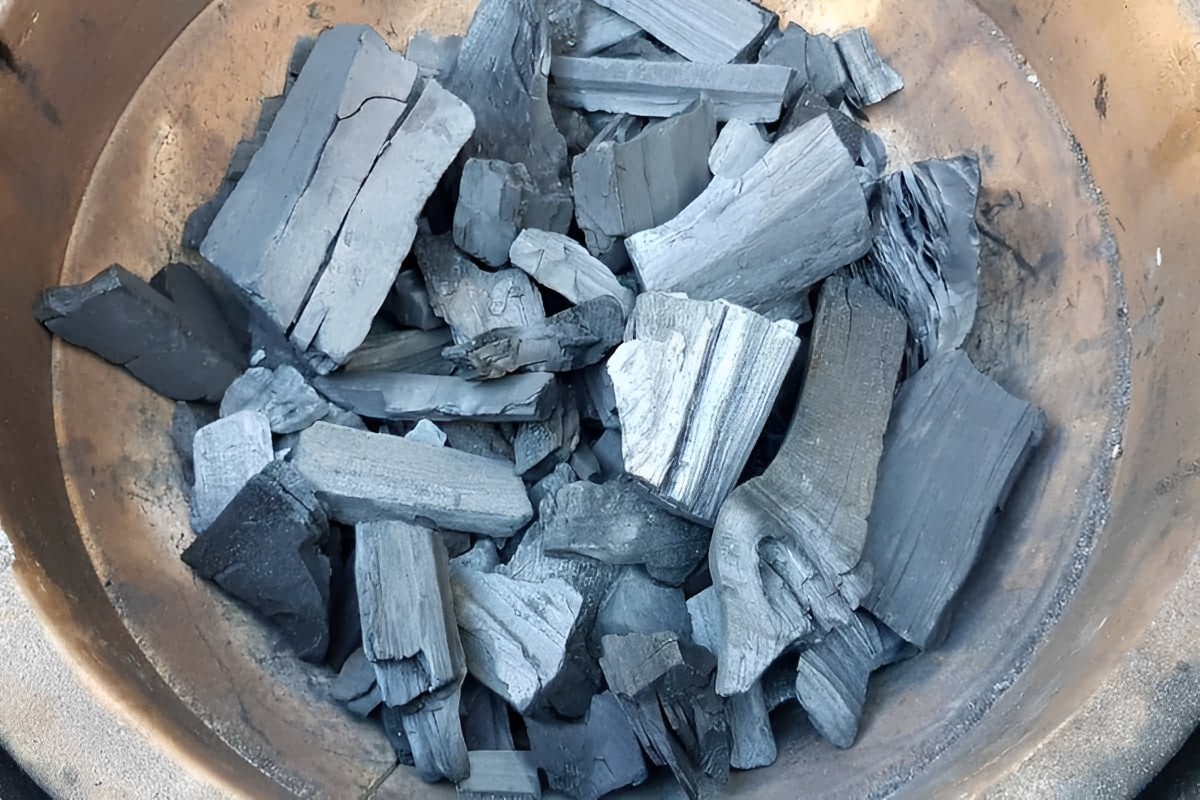

0 thoughts on “How To Store Ghee”